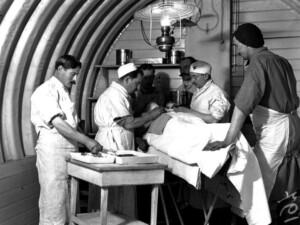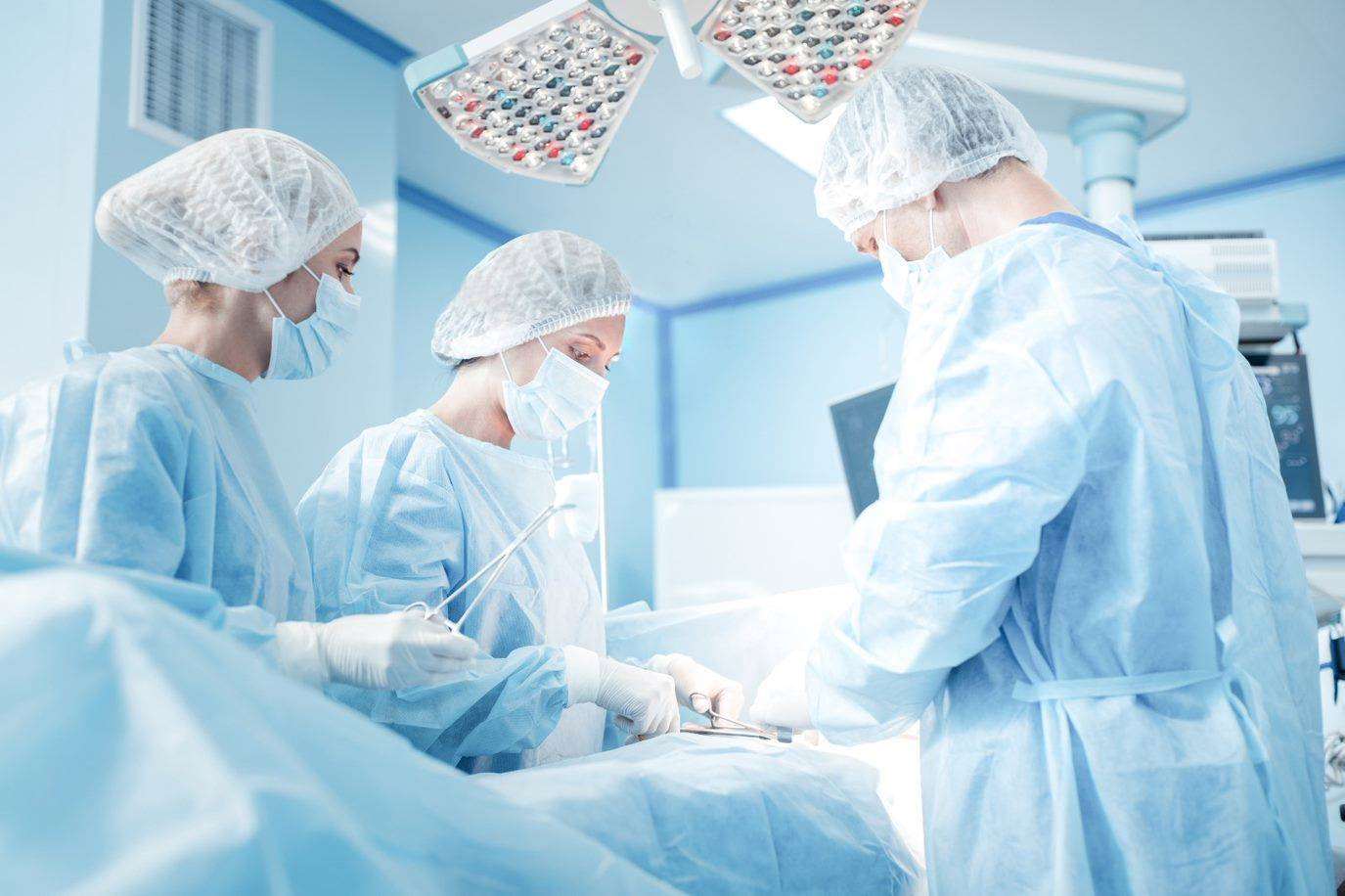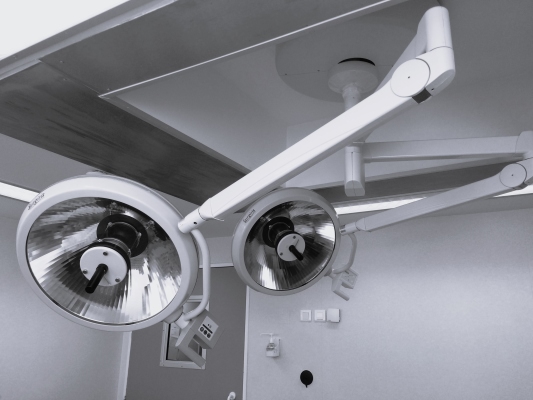Known as surgical lights, scialytic lights or operating lights, they are one of the most important elements in operating theatres. In fact, the light in an operating theatre has a major influence on the way operations are carried out, and is one of the main factors determining the success or failure of your operation.
There are currently more than 20 companies operating in the surgical lighting market. But it’s important to note that every healthcare worker is different, so inevitably every light will be too, but it’s essential to find a type of surgical light that suits everyone who uses it.
Operating lights have been around for years, but they have evolved to meet the needs of healthcare establishments. But they have also kept pace with developments in the medical sector and changes in operating techniques, etc.
Before surgical lights
 Back in the 1800s, before the advent of surgical lights, surgeons depended on different times of day, weather conditions and seasons to carry out operations on their patients.
Back in the 1800s, before the advent of surgical lights, surgeons depended on different times of day, weather conditions and seasons to carry out operations on their patients.
Surgeons had to choose precise times when the sun’s rays were strong enough to illuminate their operating field.
In addition, the construction of the operating theatres was well thought out, with the operating theatres built on the south-east side with windows in the ceiling to maximise natural light.
Some time later, someone had the ingenious idea of hanging a multitude of mirrors from the ceiling of the operating theatre, to allow sunlight to reflect onto the operating field. However, this solution only alleviated the problem faced by surgeons: daylight as a means of illumination, the projection of shadows cast by the surgeon’s head or gestures on the patient.
The question then arose: “How can we illuminate the operating field with a light source without generating a cast shadow ?
The birth of operating lights
Before the advent of surgical lighting, health establishments tried to find solutions such as using simple lamps hanging from the ceiling. It was at the beginning of the 20ᵉ century, in 1919 to be precise, that Professor Louis Verain from the Faculty of Science in Algiers designed a lighting device called the “SCIALYTIQUE”, offering a concentrated, directional field of light that eliminated approximately all cast shadows. The brand name Scialytique has now become a generic term in hospital vocabulary to designate a very specific type of lighting.
The 1960s saw the appearance of the 1st halogen lamp patented by General Electric. These halogen lamps are commonly used in operating theatres, because of their ability to produce a bright, clear light.
They consist of a filament surrounded by a halogen gas, which produces a bright and precise light. However, halogen lamps have a number of drawbacks, including :
- Heat: Halogen lamps generate a great deal of heat, which can be unpleasant for surgeons, operating theatre staff and patients.
- Light: Halogen lamps are often perceived as being too bright, which can make it difficult to see the operating field.
- Energy: Halogen lamps consume a lot of energy and electricity, which can be costly for the hospital.
- Lifespan: Halogen lamps have a relatively short lifespan, which means that they have to be replaced frequently, which can cause interruptions to the operation.
Because of these many drawbacks, many operating theatres have opted for alternative light sources, such as LED lamps.
Time for evolution
Today, we have said goodbye to the scialytic or halogen lamp, which have given way to LED lighting, which reduces energy requirements and lowers environmental impact.
These LEDs are the essential element for high-quality, high-performance surgical lighting, because they offer a number of advantages, including :
- Light: LED lamps generate a more uniform light than other light sources, enabling surgeons to see the finest details and perform their operations with precision.
- Energy: LED lamps are much more energy-efficient than traditional lamps. This makes them more environmentally friendly and economical to use over the long term.
- Lifespan: LED lamps have a longer lifespan and require less maintenance. This means less downtime for operating theatres and more efficient use of equipment.
In conclusion, the use of LED lamps in operating theatres offers significant advantages in terms of efficiency, performance and long-term costs.
Looking back at the history of operating theatre lighting, we can see that this essential piece of equipment has evolved with the times and adapted to the needs of its users.
As a leader in the medical sector and the French market leader for operating lights, the SURGIRIS team is driven by innovation on a daily basis, in order to offer healthcare establishments innovative, high-performance products that will make their day-to-day work easier.







